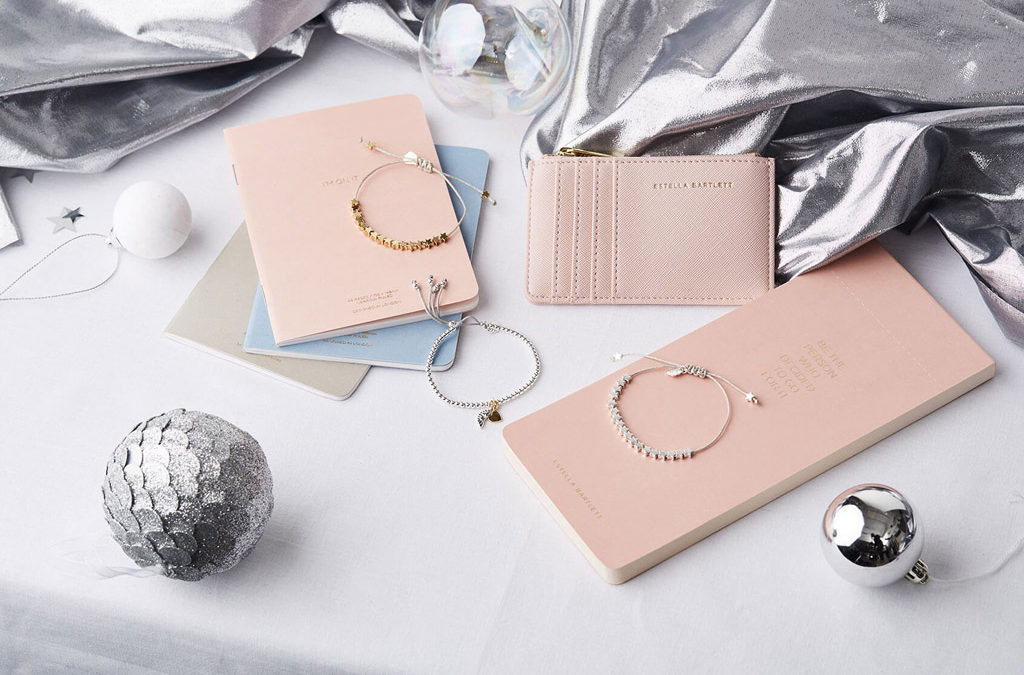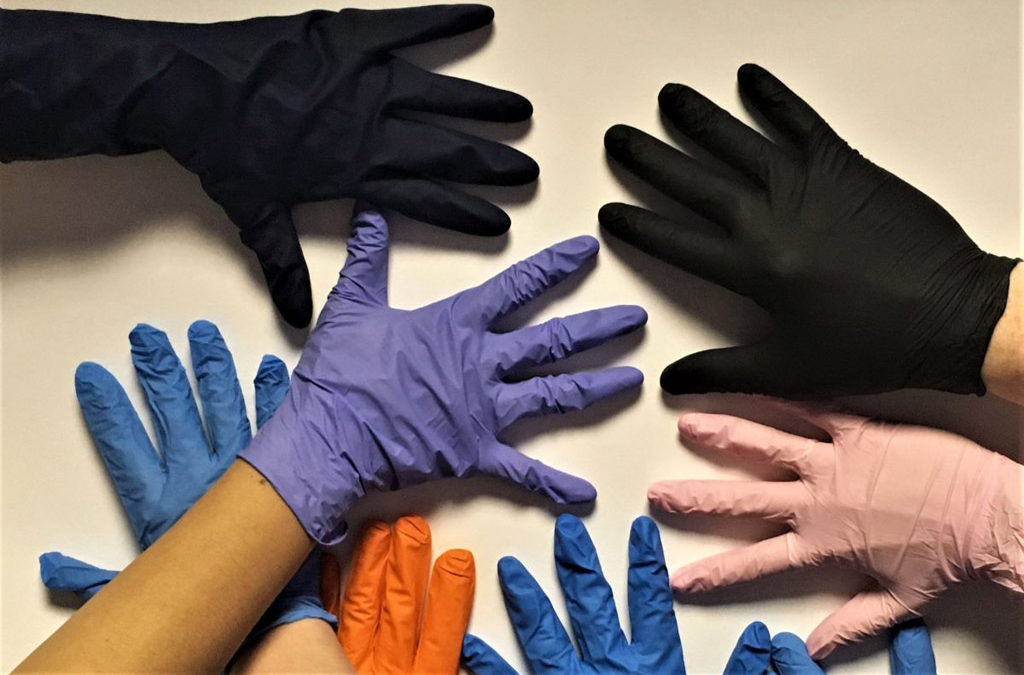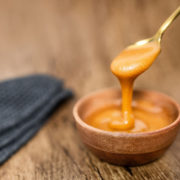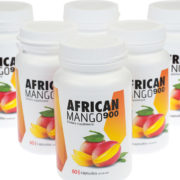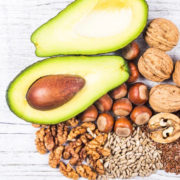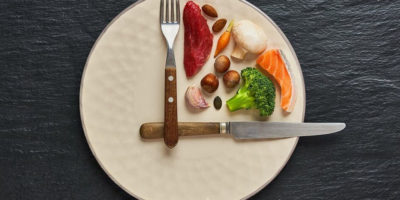Men have been wearing cufflinks for very many years, and depending on whom you believe, they date back as far as either the 15th, 16th, or 17th centuries. Originally, they were only worn by important people of wealth and high position. Certainly, Charles II had cufflinks made to celebrate special occasions such as weddings and state occasions.
What we do know is that man have been wearing shirts, or items similar to shirts, since woven fabric was first invented around 5000 BC. Although styles changed, the basic shirt was a tunic open to the front with a collar and sleeves. It was worn next to the skin and was washable and protected the body from the heavy and rougher fabrics of jackets and coats, and at the same time protected the outer garments from contact with the body.
In the Middle Ages it became fashionable to add ruffs, frills, and other decorations such as embroidery, to the parts of the shirt which were visible such as the collar, cuffs, and chest areas. The collars were tied together with coloured ribbons which were the forerunners of the tie, as were the cuffs. At court and other formal locations, the shirt ended in frills which hung down over the wrist, and this continued until the end of the 18th century.
In the 19th century, men began to wear formal suits to go to work and a dinner jacket or tailcoat in the evening. The shirt began to have stiff starched collars and cuffs, and although button cuffs had been produced, the starched double cuffs were too stiff to take a button, which resulted in men in the upper and middle classes wearing cufflinks. Furthermore, with the coming of the industrial revolution, it became easy to manufacture cufflinks in mass production.
However, cufflinks containing colourful gemstones were only worn by men who had a great deal of self-confidence, but that all changed towards the end of the century when Edward, Prince of Wales, later Edward VII, began wearing Faberge cufflinks containing gemstones and people copied him, although many of the cufflinks manufactured contained lesser stones that were not nearly as expensive. At around this time, cufflinks for men became fashion accessories and were an acceptable type of jewellery for men in the US and Britain.
In the early 1900’s, cufflinks were worn more than ever, and contained real gemstones, semi-precious stones, and even coloured glass in cheap copies. Cufflinks made of enamel in a wide range of colours became popular and they were produced in every possible intricate geometric shape.
The popularity of cufflinks spread into Europe as well and two towns in Germany became centres for their production. In Pforzheim, jewellery manufacturers produced cufflinks with real gold and silver which were for the more well-heeled, while in Idar-Oberstein they were mass-produced for those with smaller budgets. Pforzheim still produces expensive cufflinks today, some of historic design, and designer cufflinks at the upper end of the scale with modern patterns.
After the end of the Second World War, materials became available again, and men started to wear and carry all sorts of different accessories as well as cufflinks, such as cigarette cases and lighters, key chains, tie pins, rings, wrist watches as opposed to pocket watches, money clips and more. In the 1970’s cufflinks fell out of favour to some extent, as the Woodstock generation reverted to button cuffs, but then in the 80’s it became fashionable to wear a suit and tie to work, and the cufflink returned to its’ rightful place once more. That has more or less continued until today, although the tie and tie pin are worn less.
Cufflink designs vary quite considerably, with the type with pin and toggle being most common, but there are also the double panel types with a design on each end connected by a post, or more often a chain. Fabric cufflinks are still popular such as the silk knot with two Turk’s head or monkey’s fist knots. These were introduced by the French shirt-maker Charvet in Paris in 1904. Today they are not usually of silk, but a cheaper fabric over an elastic core. There are even metal cufflinks shaped to look like a silk knot, as they are so popular.


